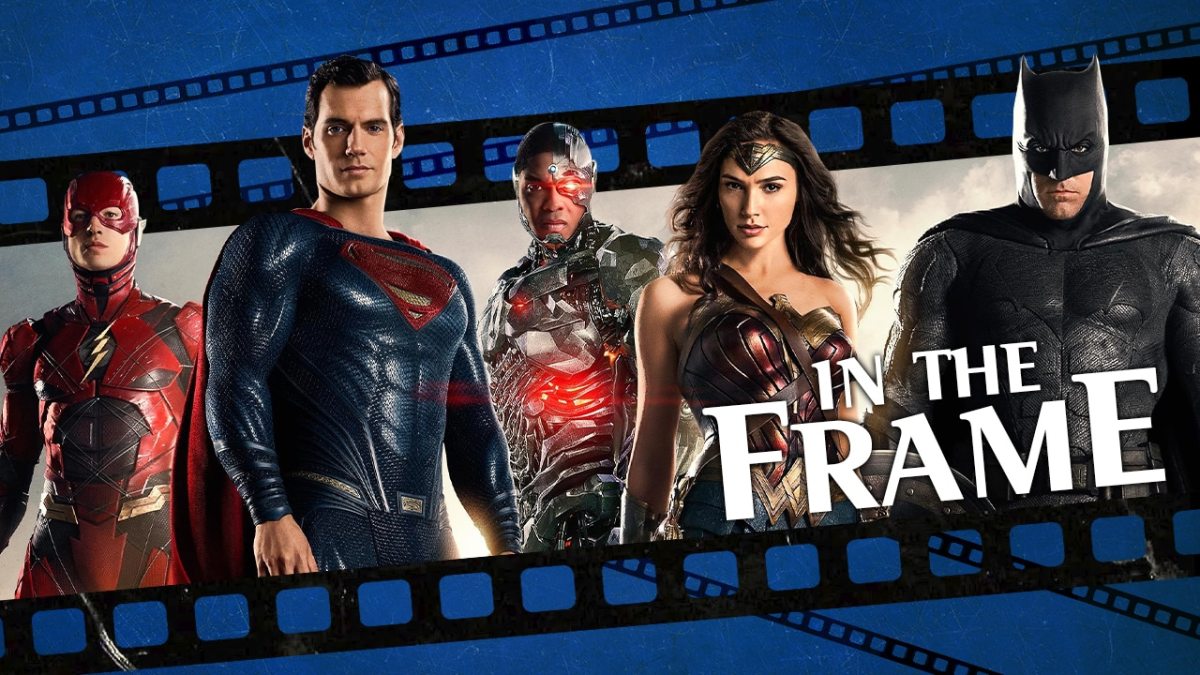The Snyder Cut doesn’t even exist yet, and it has already accomplished most of what it is supposed to do.
Warner Bros. announced last week that it was enabling Zack Snyder to finish his cut of Justice League, restoring a creative vision that had been overridden when a heavily reshot and reedited version of the film was released three years ago. Its reported $20-30M budget would be spent on post-production work (which may involve scoring and ADR) for a release on HBO Max next year.
This is obviously seismic news, and there’s a lot to unpack here. A lot of commenters are (reasonably) concerned about the perceived empowering of a group of fans that (fairly or not) have a reputation for belligerence and aggression. Others are wondering what this means going forward. Will Warner Bros. consider giving David Ayer’s cut of Suicide Squad the same treatment?
However, it’s interesting how many factors had to align in order to make something like The Snyder Cut not just possible, but also inevitable. After all, there was a lot of corporate ego tied up in the theatrical cut of Justice League, in the decision to pull the movie away from Snyder and to sand down anything resembling a rough edge from the finished film.
Justice League was something of a game changer within Warner Bros. For decades, the studio built its brand on its strong relationship with creative talent. There was a reason that directors like Christopher Nolan and Clint Eastwood had made their home there. Warner Bros. was seen as being “a filmmaker friendly company.” Indeed, hiring Snyder for Man of Steel was an example of this.
Removing Snyder from Justice League signaled a strong shift in direction for Warner Bros., the studio moving away from auteur-driven blockbuster production towards a more managed and streamlined process similar to what Disney operated at Marvel Studios. It’s notable that the director brought into rework Justice League was Joss Whedon, director of The Avengers.

Warner Bros. bet loudly on a business model that explicitly rejected or discounted the value of the Snyder Cut. However, things changed dramatically in the intervening years. The DC brand actually thrived in the years following the release of Justice League. On release, Aquaman became the 20th highest-grossing film to that point. Joker became the most profitable superhero movie ever.
Taken together, these successes signaled a number of things. Aquaman demonstrated that the brand was not tarnished by the critical or commercial failure of Justice League. Joker proved that audiences would accept “out of continuity” niche auteur-driven superhero fare without impacting the primary brand. Suddenly, something like the Snyder Cut was not an impossibility.
However, it would take more to push the Snyder Cut from mere possibility towards probability and even inevitability. Nobody could have predicted the recent pandemic and the effect that it is going to have on the movie industry. There is no sense of when cinemas can reopen and no real idea of when movie production can start up again.
Studios are facing a shortage of content. This is most obvious on television, where many television series had abridged seasons because production had not yet wrapped when the crisis began. While pushing back theatrical release dates for finished films will help mitigate this problem, there is a tangible difficulty in putting live-action film and television back into production.
Naturally, content generation that can be conducted with social distancing has flourished. Animation is thriving — at least in the U.S. Projects that have completed production and only require post-production work are also keeping their heads above water; post-production houses are just worried about new material. So, a project like the Snyder Cut looks much more enticing to a studio than it did a year ago.

In fact, while media coverage might present this move as unprecedented, Warner Bros. has some experience with this sort of cinematic necromancy. The Snyder Cut looks to be a more lavish and elaborate version of the trick that Warner Bros. pulled with The Richard Donner Cut of Superman II, resurrecting another director’s vision from a muddled theatrical cut. So, it has been done.
However, this doesn’t get at the real appeal of the Snyder Cut to Warner Bros., the detail that ties these two factors together to make that supposed $30M budget seem like pocket change: The Snyder Cut will be premiering on HBO Max, the streaming service that Warner Bros. is launching as its foray into the “streaming wars.”
On paper, there is a lot to recommend HBO Max. The company has the luxury of the prestigious HBO branding and its staples like The Sopranos, Deadwood, and The Wire. It also has a back library that includes beloved classics like Friends, which is still hugely popular on streaming services with audiences who weren’t even born when it was on the air.
However, HBO Max still has a bit of a branding problem. The service launched this week, and confusion prevails over what the service actually is and how to access it. Even if that weren’t the case, Warner Bros. is entering a highly competitive market. Studies suggest that streaming services are going to have to fight aggressively for customer dollars.
HBO Max has a solid back catalogue of film and television content, but that isn’t enough. Streaming services need buzz. Netflix gently entered the original content game with Lilyhammer but broke through with House of Cards. This was a show starring Oscar winner Kevin Spacey, adapting a respected British television show, with David Fincher producing and directing the first episode.

Similarly, Disney+ has a huge library drawn from across the company’s brands, but it captured popular attention with the streaming of The Mandalorian — and more specifically with the breakout memetic “Baby Yoda” character. In fact, one might argue that other streaming services like Quibi have struggled from a lack of (if not an active hostility to) such attention-grabbing content.
HBO Max didn’t have that hook. Instead, it had a lot of noise — just consider the billboards absolutely stuffed with iconic characters or the jokey juxtapositions. This is what the Snyder Cut provides. It has focused conversation on one particular brand element in the week around the launch of the streaming service. The Snyder Cut has generated a flurry of columns and tweets and news.
That’s the $30M justified right there. The budget that Warner Bros. is offering Snyder to complete his vision is a mere pittance in the context of the estimated $1.2B to $1.5B that the streaming service will be investing in new content. The Snyder Cut could never materialize, and it will already have served its purpose to the studio.
The Snyder Cut demonstrates that HBO Max can be home to original content on the scale of blockbuster superhero epics. Much like Bright for Netflix, the critical and online opinion of the film probably matters much less to HBO Max than merely having something of this size. After all, this is a high-profile headline-grabbing blockbuster starring some of the most recognizable characters in the world.
There’s a lot of debate to be had around the Snyder Cut: about what it means for the future, whether it will be any good, whether it empowers the worst sorts of fans. However, the Snyder Cut has already achieved most of what Warner Bros. could expect of it, despite the fact that it doesn’t even exist yet. The film itself almost feels like an afterthought.






Published: May 29, 2020 11:00 am